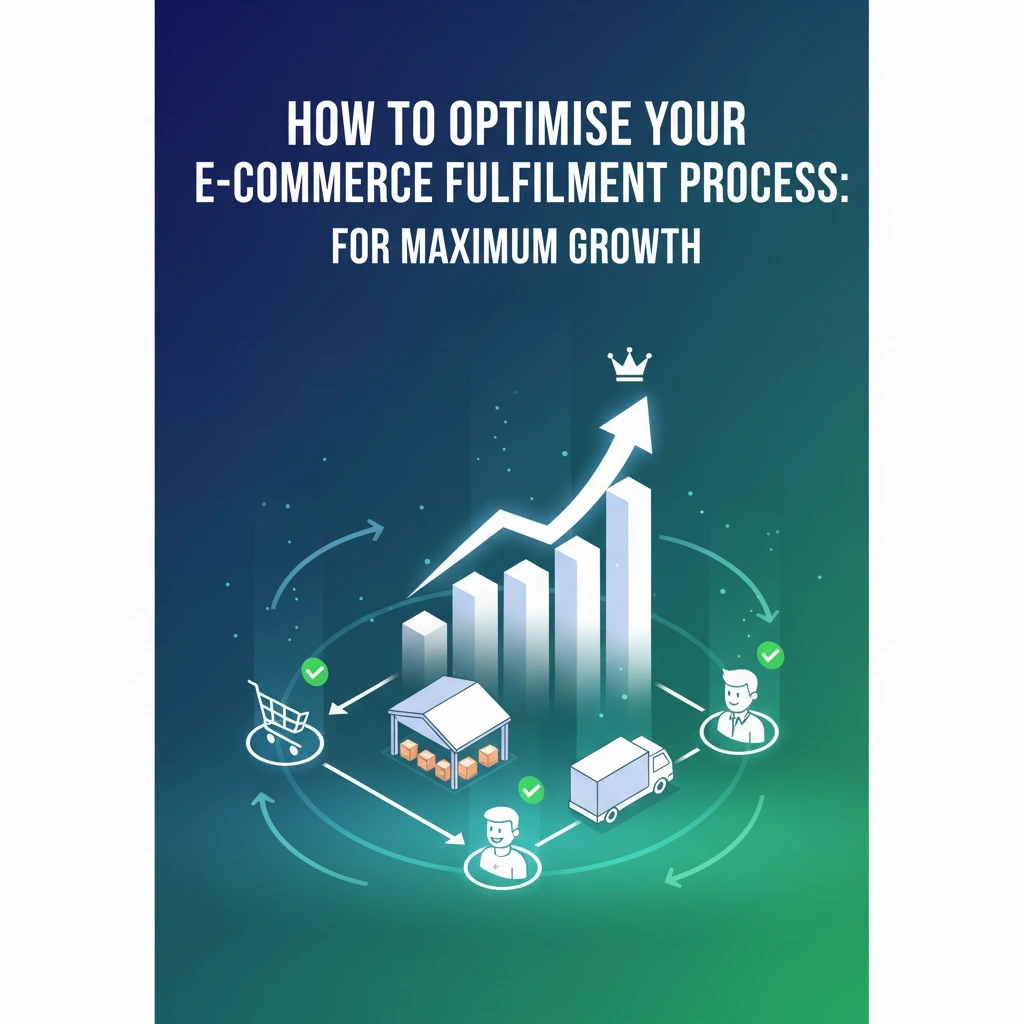Introduction to Dead Stock in E-commerce
In the fast-paced world of e-commerce, inventory management plays a critical role in ensuring business efficiency and profitability. One term that frequently arises in discussions about inventory management is dead stock. Understanding what dead stock is, why it occurs, and how to manage it effectively is crucial for e-commerce businesses looking to optimize their fulfilment operations and reduce losses. This blog will provide an in-depth guide to dead stock in e-commerce fulfilment, exploring its causes, impact, and strategies to minimize its occurrence.
Defining Dead Stock in E-commerce Fulfilment
Dead stock, also known as obsolete inventory, refers to products that remain unsold in a warehouse or storage facility for an extended period. These items are not moving due to lack of demand, seasonal changes, or overstocking. Dead stock ties up valuable storage space, affects cash flow, and can lead to increased operational costs if not managed effectively. In e-commerce, where fast inventory turnover is critical, dead stock can severely impact profitability and overall supply chain efficiency.
Causes of Dead Stock in E-commerce
Understanding the reasons behind dead stock is essential for preventing its accumulation. Several factors contribute to dead stock in e-commerce fulfilment:
1. Poor Demand Forecasting
Incorrect predictions about customer demand often result in overstocking items that may not sell. Without accurate data on market trends, businesses risk ordering excess inventory that ultimately becomes dead stock.
2. Seasonal Products
Products tied to specific seasons or events can become dead stock if not sold within the intended timeframe. For example, holiday-themed merchandise or summer apparel may remain unsold if demand is miscalculated.
3. Product Obsolescence
Technological advancements or changing consumer preferences can render certain products obsolete. Electronics, fashion items, and gadgets are particularly prone to becoming dead stock when newer models or trends emerge.
4. Inefficient Inventory Management
Lack of proper inventory tracking and warehouse management can lead to dead stock. Without real-time visibility into inventory levels, businesses may reorder products unnecessarily or fail to promote slow-moving items.
5. Excessive Bulk Ordering
E-commerce businesses often order in bulk to reduce per-unit costs. While cost-effective, bulk purchasing can result in surplus inventory if sales projections are not accurate, contributing to dead stock accumulation.
Impact of Dead Stock on E-commerce Fulfilment
Dead stock has several negative implications for e-commerce businesses, affecting both operational efficiency and financial performance.
1. Increased Storage Costs
Dead stock occupies warehouse space that could otherwise be used for faster-moving products. This leads to higher storage costs and reduces the efficiency of warehouse operations.
2. Cash Flow Issues
Investing in inventory that does not sell ties up capital, restricting the business’s ability to invest in new products or other growth opportunities.
3. Reduced Profit Margins
Dead stock often requires markdowns or clearance sales to move, which can significantly reduce profit margins.
4. Operational Inefficiency
Managing dead stock requires additional labor for tracking, moving, and sometimes disposing of unsold items. This can slow down warehouse operations and reduce overall fulfilment efficiency.
5. Negative Environmental Impact
In some cases, unsold inventory may be discarded, contributing to waste and environmental concerns. This is increasingly significant in industries where sustainability is a priority for consumers.
Strategies to Manage Dead Stock in E-commerce Fulfilment
Effectively managing dead stock involves a combination of proactive inventory planning, data-driven decision-making, and innovative fulfilment strategies.
1. Implement Accurate Demand Forecasting
Leveraging data analytics and historical sales data helps businesses predict customer demand more accurately. Predictive analytics can identify trends, seasonal fluctuations, and popular products, reducing the risk of dead stock accumulation.
2. Use Inventory Management Software
Modern inventory management systems provide real-time visibility into stock levels, sales trends, and warehouse operations. These tools allow businesses to monitor slow-moving items and make timely decisions about reordering or discounting products.
3. Optimize Product Lifecycle Management
Regularly review product performance and lifecycle to identify items that are becoming obsolete. Phasing out slow-selling or outdated products helps prevent dead stock from building up.
4. Adopt Flexible Purchasing Strategies
Rather than ordering in large bulk quantities, consider smaller, frequent orders that match current demand. This approach reduces the risk of overstocking and ensures that inventory aligns more closely with actual sales.
5. Implement Promotions and Discounts
Offering limited-time promotions, bundle deals, or seasonal discounts can help move slow-selling items before they become dead stock. This not only frees up warehouse space but also generates revenue from otherwise stagnant inventory.
6. Partner with Third-Party Logistics (3PL) Providers
3PL providers often offer advanced warehousing solutions, including inventory rotation, real-time tracking, and fulfillment optimization. Collaborating with a 3PL can help businesses manage inventory more efficiently and reduce the impact of dead stock.
7. Explore Alternative Sales Channels
Selling slow-moving products through alternative channels such as online marketplaces, outlet stores, or international markets can help reduce dead stock. Multi-channel selling increases product visibility and provides additional opportunities to clear inventory.
8. Adopt a Returns Management Strategy
Efficient returns management can help identify defective or unsellable products early, preventing them from becoming dead stock. Implementing processes for restocking, refurbishing, or recycling returned items minimizes inventory losses.
Conclusion: Minimizing Dead Stock for E-commerce Success
Dead stock in e-commerce fulfilment poses significant challenges, from increased costs to reduced profitability. Understanding the causes of dead stock and implementing proactive management strategies is essential for maintaining an efficient and profitable supply chain. By leveraging accurate demand forecasting, inventory management software, flexible purchasing strategies, and innovative sales channels, businesses can reduce the risk of dead stock accumulation.
E-commerce companies that effectively manage dead stock not only improve operational efficiency but also enhance customer satisfaction, boost cash flow, and increase overall profitability. Staying vigilant and data-driven in inventory management ensures that your e-commerce business remains agile, competitive, and capable of meeting evolving market demands.
Properly addressing dead stock transforms it from a costly liability into an opportunity for optimization and strategic growth within your e-commerce fulfilment operations.




